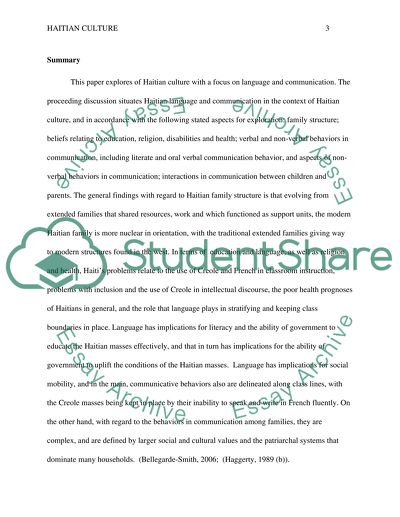Cite this document
(“Haitian Culture Essay Example | Topics and Well Written Essays - 2000 words”, n.d.)
Retrieved from https://studentshare.org/anthropology/1702475-haitian-culture
Retrieved from https://studentshare.org/anthropology/1702475-haitian-culture
(Haitian Culture Essay Example | Topics and Well Written Essays - 2000 Words)
https://studentshare.org/anthropology/1702475-haitian-culture.
https://studentshare.org/anthropology/1702475-haitian-culture.
“Haitian Culture Essay Example | Topics and Well Written Essays - 2000 Words”, n.d. https://studentshare.org/anthropology/1702475-haitian-culture.


